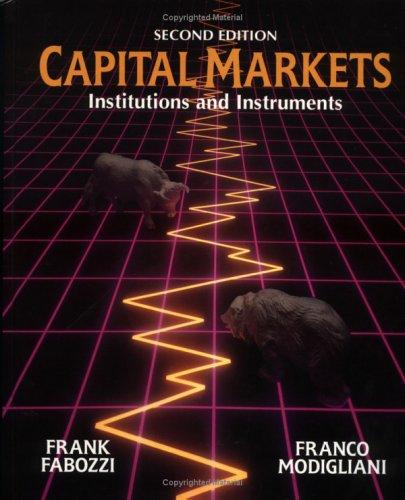Answered step by step
Verified Expert Solution
Question
1 Approved Answer
Single Mean Hypothesis Test As a finance student, you have learned the importance of investing early. Your financial advisor presents you with a Fidelity fund
Single Mean Hypothesis Test As a finance student, you have learned the importance of investing early. Your financial advisor presents you with a Fidelity fund (FBGRX) which is a blue-chip growth fund that seeks to earn capital appreciation from large-cap, well-known companies. The Financial advisor says the model predicts that FBGRX will have a 20% annual return. Though you know that investing in the stock market is risky, and that past return does not predict future return, you decide to look at their track record. You found that the average annual return is 17.91% and the standard deviation is 17.21%, is the model correct? You want to be a 95% confident of your results. Also find confidence interval estimation. 1. Formulate hypothesis. 2. Collect the appropriate data to test hypothesis 3. Identify test statistics 4. Define critical value (rejection region) 5. Compute test statistics or p-value 6. Making the statistical decision.



Step by Step Solution
There are 3 Steps involved in it
Step: 1

Get Instant Access to Expert-Tailored Solutions
See step-by-step solutions with expert insights and AI powered tools for academic success
Step: 2

Step: 3

Ace Your Homework with AI
Get the answers you need in no time with our AI-driven, step-by-step assistance
Get Started


